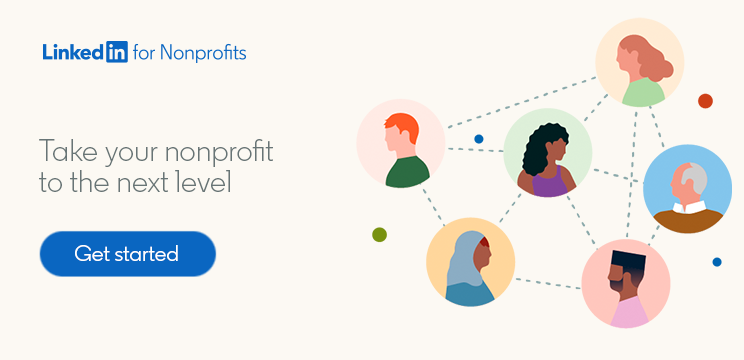
What Is Gender Identity and Why Is It Important for Nonprofit Employers?
Many nonprofits are working to make their organizations more diverse, inclusive, and equitable. A truly inclusive workplace is one where all employees feel they belong and can bring their true selves to work, allowing them to share their unique perspectives and skills with confidence. And an important step in creating that sense of belonging is using gender-inclusive language.
“Using gender-inclusive language in the workplace is important because it helps signal to all employees an overall inclusive approach to gender identity,” explains Todd Sears, Founder & CEO of Out Leadership, a global LGBTQ+ business network that helps leaders transform and grow their organizations through inclusion.
The first step to adopting more gender-inclusive language is understanding what is meant by gender identity. Here are some important definitions that provide a good starting point, informed by Out Leadership’s Business Leaders Guide to Transgender Equality in the US.
1. Gender Identity
As Out Leadership’s guide explains, everyone has a gender identity, which is “one’s internal sense of being male, female, neither, or both.” Your gender identity may be the same as the sex you were assigned at birth, which is based on physical anatomy, or it may be different.
2. Cisgender
A person who is cisgender identifies exclusively as the sex they were assigned at birth. If you were assigned female at birth and identify as a woman all of the time, or were assigned male at birth and identify as a man all of the time, then you are cisgender.
Out Leadership’s guide points out that “the term cisgender is not indicative of gender expression, sexual orientation, hormonal makeup, physical anatomy, or how one is perceived in daily life.” This means that a person might, for example, identify as a cisgender woman but still wear clothing that is considered traditionally masculine.
3. Transgender
A person who is transgender (sometimes shortened to “trans”) has a gender identity that does not match the sex they were assigned at birth.
Out Leadership explains that “Many transgender people are prescribed hormones by their doctors to bring their bodies into alignment with their gender identity. Some undergo surgery as well. But not all transgender people can or will take those steps, and a transgender identity is not dependent upon physical appearance or medical procedures.”
4. Nonbinary
Growing up, many of us learn that there are only two genders: male and female. But gender is a spectrum, not a binary, and many people identify as being neither male nor female, or as both.
The umbrella terms for all genders other than female/male or woman/man is nonbinary. Out Leadership’s guide points out that some transgender people also identify as nonbinary, but not all transgender people are nonbinary, and not all nonbinary people are trans.
5. Intersex
One term that is often left out of gender identity conversations is intersex. Out Leadership’s guide explains that a person who is intersex has “chromosomal, hormonal, and/or anatomical sex characteristics [that] fall outside the conventional classifications of male or female. There are many examples such as Klinefelter Syndrome, Androgen Insensitivity Syndrome, and Congenital Adrenal Hyperplasia.”
The guide goes on to make an important distinction: “the term intersex is not interchangeable with or a synonym for transgender (although some intersex people do identify as transgender).”
Inclusion starts with learning
Building a more inclusive workplace and hiring process at your nonprofit starts with making a commitment to educating yourself and your team. Here are some resources you can explore:
The Business Leaders Guide to Transgender Equality in the US
15 Gender Identity Terms You Need to Know to Build an Inclusive Workplace
'She/They' and Other Pronouns You Might See on Candidate Profiles
It’s also important to learn from the lived experiences of others. Invite conversations about gender identity in your workplace and personal life, but don’t push people to share if they’re not comfortable or ready. Take steps to educate yourself before asking others for help.

